TL;DR: The Biggest AI Advancements in 2025
In just 8 months, AI training costs fell from $100M+ to ~$6M, context windows grew 8x, and models launched monthly. DeepSeek proved billion-dollar budgets aren’t required, while reasoning jumped from party trick to business tool. The shift: from “Should we adopt AI?” to “How fast can we adapt?”
A friend texted me last week: "You won't believe this—I just watched AI solve my kid's calculus homework AND explain why the answer makes sense. In like, ten seconds."
I stared at her message. Two years ago, we were amazed that ChatGPT could write emails. Now? Now we're living in a completely different world.
Here's the thing about exponential change: it feels impossible until it's inevitable. And 2025? 2025 is the year AI stopped being "that cool tech thing" and became "how did we ever function without this?"
Let me tell you a story about speed that'll make your brain do backflips.
The Speed of AI Progress in 2025
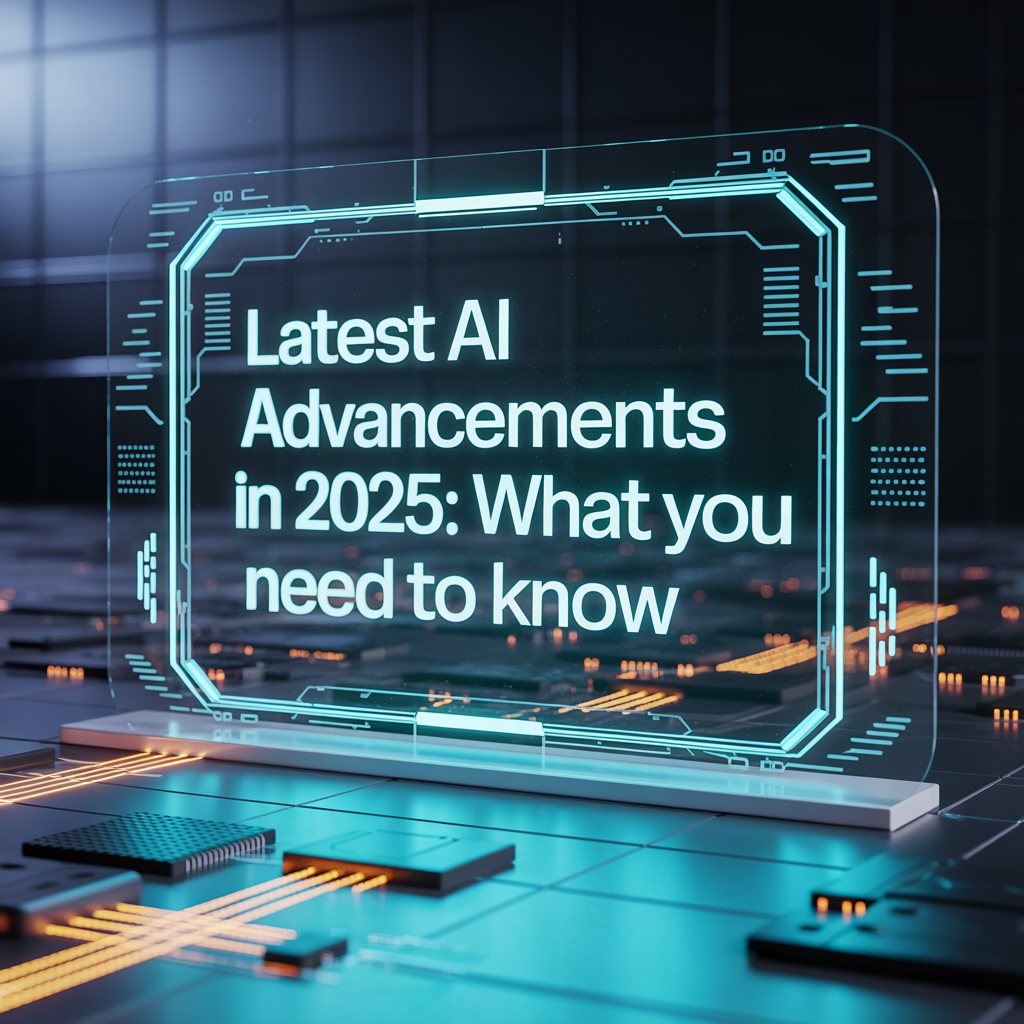
Remember when ChatGPT reached 100 million users in just 2 months? We thought that was fast. (Narrator: That was adorable.)
For perspective, the previous speed champions were:
- Facebook: 4.5 years
- Netflix: 3.5 years
- Instagram: 2.5 years
In 2025, we've had multiple breakthrough models released every single month. That's not adoption speed anymore. That's changing, doing parkour while the rest of us are still tying our shoelaces.
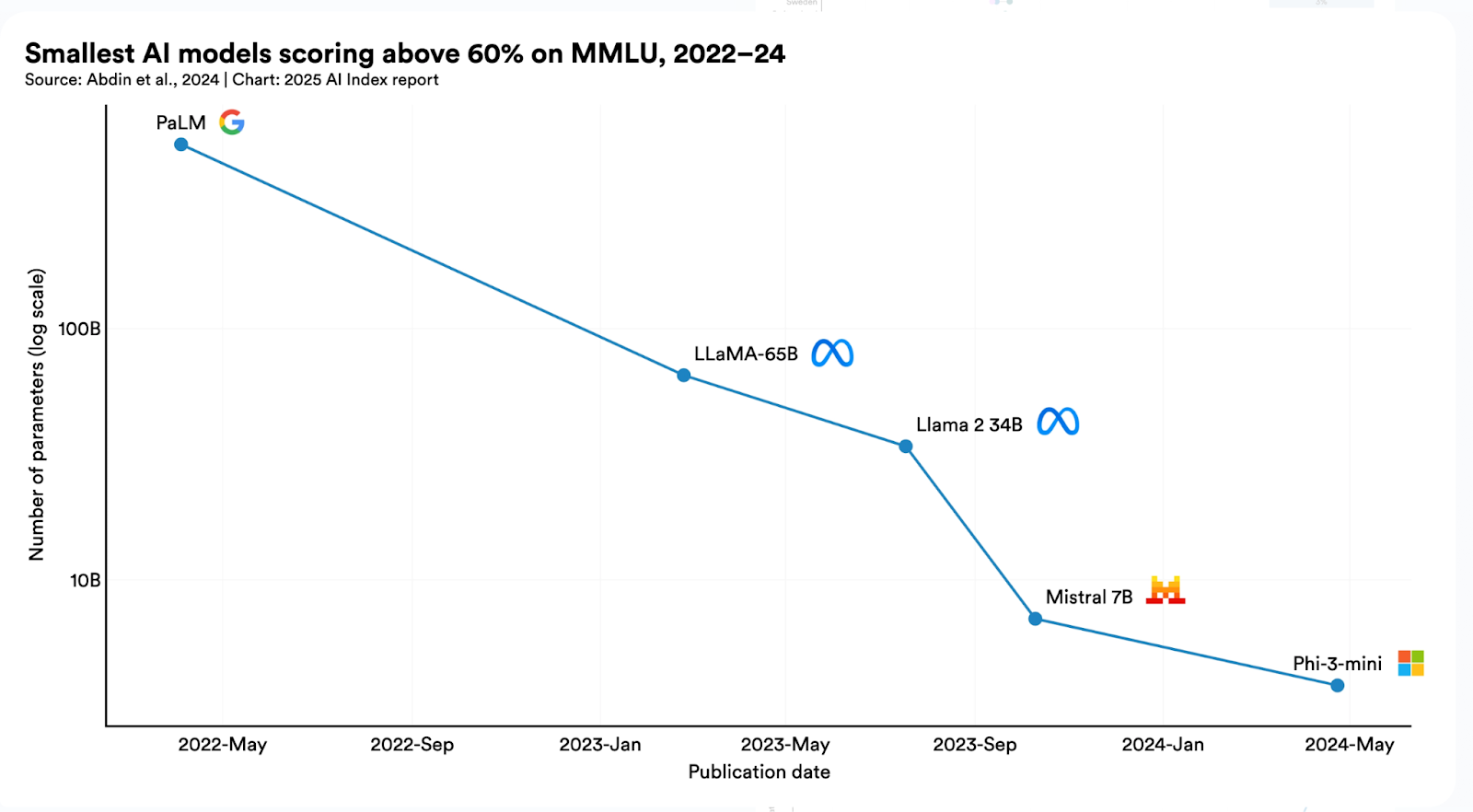
Source: https://hai.stanford.edu/ai-index/2025-ai-index-report
Driven by increasingly capable small models, the inference cost for a system performing at the level of GPT-3.5 dropped over 280-fold between November 2022 and October 2024, and 2025 has accelerated this trend even further.
January 2025: DeepSeek R1 and the Cost Revolution
DeepSeek's R1 model, released in January 2025, disrupted the AI industry by achieving performance comparable to leading Western models at dramatically lower costs.
Picture this conversation happening in every Silicon Valley boardroom:
Executive 1: "How much did we spend on our last AI model?"
Executive 2: "$100 million, maybe more."
Executive 1: "And how much did DeepSeek spend?"
Executive 2: "Around $6 million."
Executive 1: "...I'm sorry, what?"
DeepSeek claimed that it exceeded the performance of OpenAI o1 on benchmarks such as the American Invitational Mathematics Examination (AIME), proving you don't need a venture capital mountain to build world-class AI.
What actually changed: The democratization of AI development. Suddenly, breakthrough performance wasn't just for the companies with billion-dollar budgets. The entire cost structure of AI got flipped upside down.
The Context Revolution in AI 2025
Here's where things got genuinely wild. Early 2025 models were working with around 128,000 tokens of context. By mid-year? We're talking about models that can process over 1 million tokens.
Translation: AI went from reading short stories to digesting entire novels. In seconds.
I watched a lawyer feed a 400-page contract to one of these new models and ask, "What are the risks here?" The AI didn't just highlight problems. It cross-referenced relevant case law, flagged inconsistencies, and suggested specific language improvements. All in about 30 seconds.
The before: "Can you summarize this document?" The after: "Can you analyze this entire legal case, compare it to precedent, and draft our response strategy?"
That's not incremental improvement. That's a fundamental shift in what's possible.
The Reasoning Breakthrough: AI That Explains in 2025
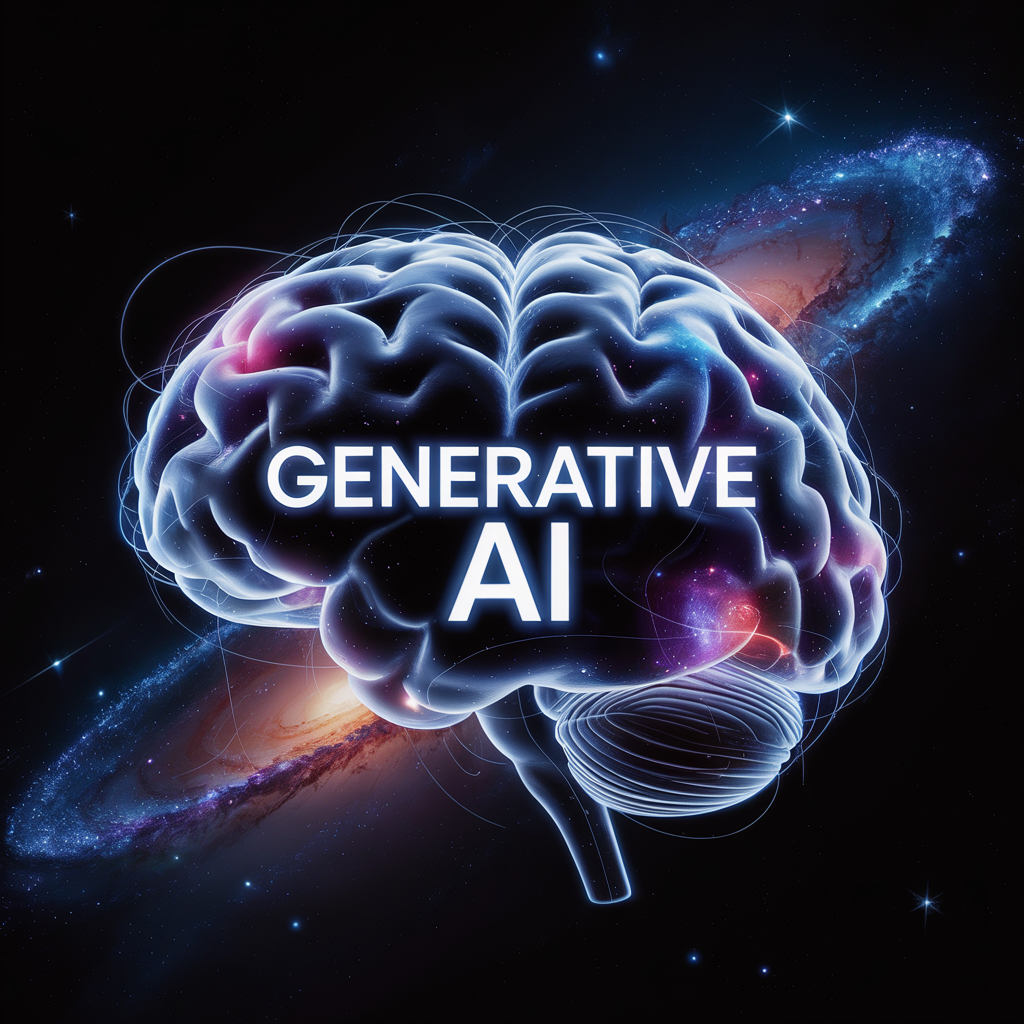
DeepSeek-R1 is a reasoning-optimized model trained via reinforcement learning to excel at complex problem solving, and it started a trend that changed everything.
The models released throughout 2025 didn't just give you answers; they showed their thinking. Like having a colleague who not only solves the problem but also walks you through their entire thought process.
Before: "The answer is 42." After: "The answer is 42. Here's my reasoning: I first considered the context of the problem, then applied these three principles, cross-checked against these scenarios, and here's why the alternatives don't work as well."
For professional services, this was game-changing. Suddenly, AI became auditable, explainable, and trustworthy in ways that mattered to regulators and clients.
The Rise of Multimodal AI in 2025
2025 became the year of "one model, all formats." Text, images, voice, and video are all processed by the same AI brain without the usual copy-paste marathon between different tools.
Picture preparing for a board meeting: You feed the AI your financial reports (Excel), last quarter's presentation (PowerPoint), recent market research (PDF), and voice notes from your team call. Instead of app-hopping for two hours, you get a comprehensive analysis and draft presentation in minutes.
What changed: The death of context switching. No more "let me just upload this to another tool." One conversation, all your inputs, decision-grade output.
August 2025: DeepSeek V3.1 and the Acceleration of AI Advancements
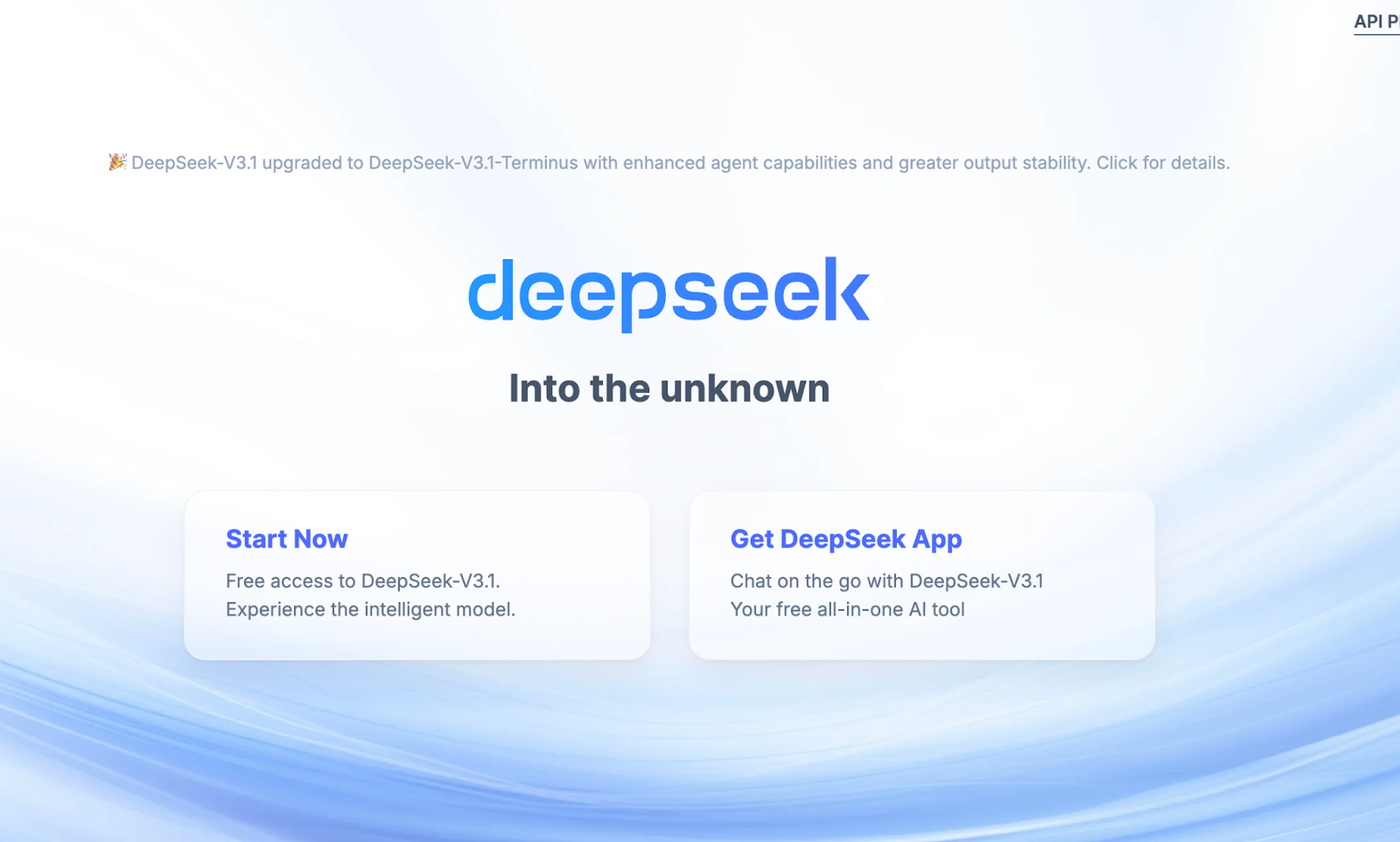
Released in August 2025, DeepSeek V3.1 introduced innovative features aimed at both boosting performance and lowering operational costs, proving that the pace of improvement wasn't slowing down. It was accelerating.
Multiple models dropped in August alone, each pushing different boundaries:
- Better reasoning capabilities
- Lower operational costs
- Improved reliability
- Enhanced multimodal processing
The pattern was clear: what seemed cutting-edge in January had become standard by August.
AI Coding Capabilities in 2025
The coding capabilities that emerged in 2025 weren't just better. They were fundamentally different. Models like Claude 4 achieved significant improvements in coding benchmarks, moving from "helpful coding assistant" to "actual team member."
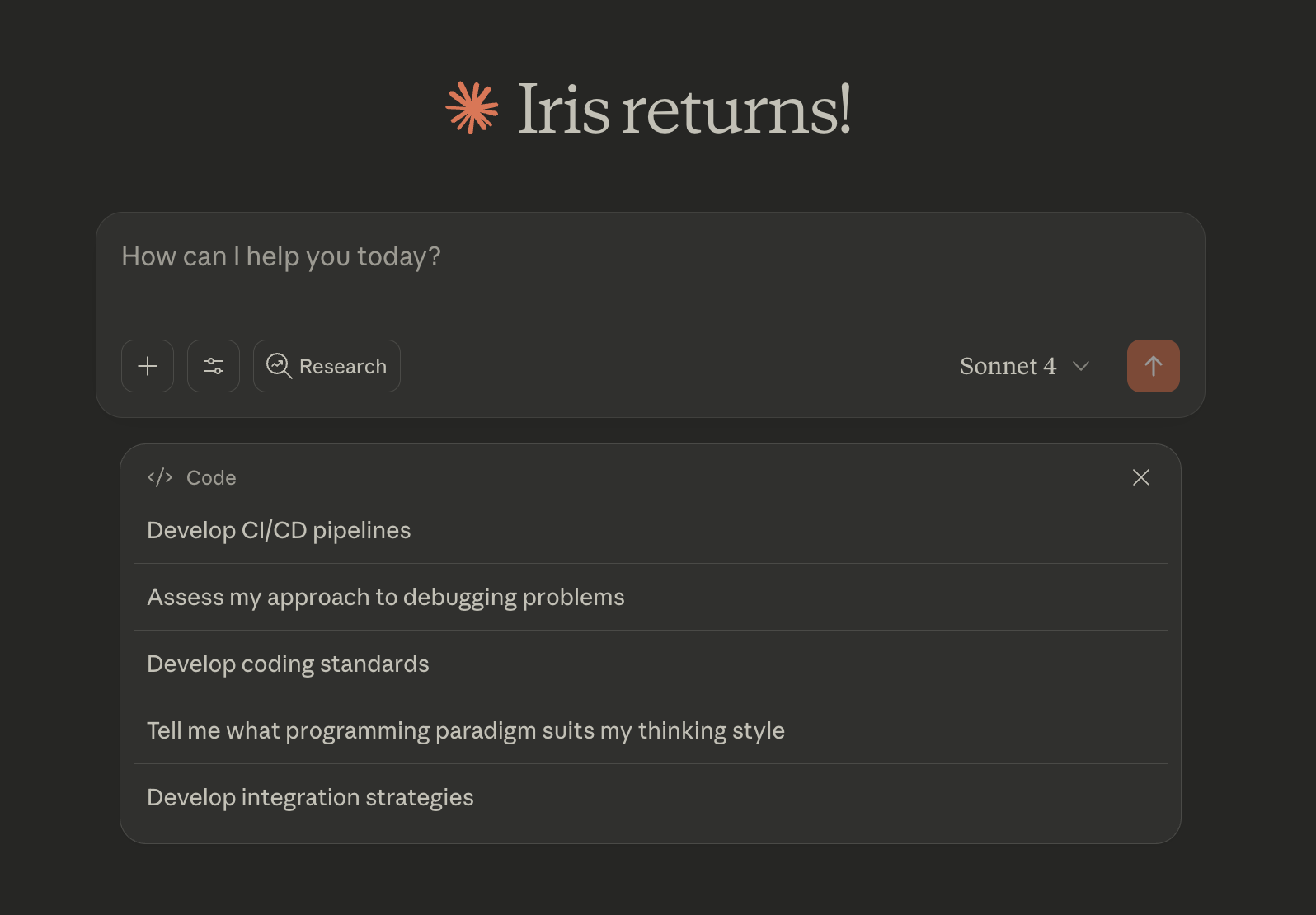
A startup founder told me, "I described my app idea to Claude 4 on Monday. By Friday, I had a working prototype, complete documentation, and a deployment plan. I've never coded before in my life."
The shift: From "AI can help you code" to "AI can code with you" to "AI can code for you while you focus on strategy."
The Numbers That Prove the Latest AI Advancements in 2025
Let me give you some perspective on what "exponential" actually looks like:
- Cost: AI training costs dropped from $100M+ to under $6M (94% reduction)
- Context: Processing capacity increased 8x (from 128K to 1M+ tokens)
- Accuracy: Error rates dropped by 60-80% across different tasks
- Speed: Tasks that took hours now complete in minutes or seconds
The Stanford AI Index 2025 confirms these trends, showing that at the hardware level, costs have declined by 30% annually, while energy efficiency has improved by 40% each year. IBM's analysis of these developments highlights how this creates unprecedented opportunities for businesses of all sizes.
This isn't gradual improvement. This is a complete restructuring of what's economically and technically feasible.
Cost and Accessibility: Democratization of AI in 2025
Here's the thing that caught everyone off guard: as AI got more powerful, it also got more accessible.
Before 2025: Advanced AI required massive budgets, specialized teams, and complex infrastructure.
2025 reality: Breakthrough capabilities available through simple APIs, open-source models, and cloud platforms.
A small accounting firm in Manchester can now access AI capabilities that would have required Google's budget two years ago. That's not just technological progress; that's a fundamental shift in competitive dynamics.
The Bottom Line: Why AI in 2025 Is Mandatory
This is just the technical foundation. The real stories are what professionals are doing with these capabilities. The new workflows, the transformed client relationships, the competitive advantages being built right now.
Next up in this series: How legal and professional services firms are actually using these advancements to transform their practices (and why some are thriving while others struggle to keep up).
How Businesses Can Leverage the Latest AI Advancements in 2025
One interesting thing about AI investments is that everybody’s asking ‘’what’s hot?’’, and they should be asking "what works?". Below, you can find the latest AI advancements that can actually help businesses scale.
Which AI advancements should businesses invest in to gain a competitive edge?
Platforms for document intelligence are the silent revolutionaries. Smart businesses are deploying AI that analyzes, classifies, and pulls insights from contracts, proposals, and documents with superhuman speed, while everyone else is obsessed with chatbots. Consider using information velocity to get a competitive edge.
Predictive analytics engines that actually predict things (revolutionary concept, I know). These tools use your current data to estimate market trends, customer demands, and project outcomes. Not only are the successful companies responding quickly, but they are also taking action before their competitors even realize what is about to happen.
What are the top AI technologies companies should consider adopting for operational efficiency?
Intelligent process automation goes beyond just basic task automation. These systems learn your workflows, adapt to exceptions, and handle the "it depends" scenarios that trip up traditional automation. This way, your team can focus on strategy while AI handles the operational heavy lifting.
AI-powered resource optimization tools that actually understand your business rhythms. They predict peak workloads, suggest staffing adjustments, and optimize project assignments based on skills, availability, and client preferences. It's workforce planning that thinks three moves ahead.
Which emerging AI solutions should CTOs prioritize for business growth?
Conversational AI platforms that don't sound like robots having existential crises. Modern systems will handle complex client queries, book consultations, and provide preliminary advice while you’re sleeping.
Besides this, real-time decision support systems that provide contextual recommendations during client meetings, negotiations, and project planning are worth considering. Think having a brilliant consultant whispering strategic insights in your ear, minus the consulting fees.
How can enterprises leverage the latest AI advancements to improve customer experiences?
Hyper-personalization engines lead the charge here, remembering client preferences, predicting needs, and tailoring communications accordingly. Not creepy-stalker personalization, but thoughtful attention that makes clients feel genuinely understood.
The magic happens when you combine this with proactive service platforms that identify potential issues before clients complain. These systems monitor project health, predict delays, and suggest solutions automatically. Client satisfaction improves when problems are solved before they exist.
What AI-driven tools offer the best ROI for digital transformation initiatives?
Integrated AI suites win every time because they connect your existing tools rather than replacing them. The highest ROI comes from AI that improves current workflows instead of forcing complete system overhauls. Smart integration beats expensive revolution every time.
The perfect complement? Client portal AI assistants that handle routine inquiries, schedule appointments, and provide case updates. These tools reduce administrative overhead while improving client service. This is a rare win-win that actually pays for itself within months, not years.
Bottom line: the best AI investments aren't the flashiest ones. They're the solutions that solve real problems your clients didn't even know they had.
Ready to turn these AI advancements into a competitive advantage? The technical capabilities exist. The question is execution. Book an AI Strategy in a Day session and we'll map exactly which tools and tactics matter for your specific business, before your competitors figure it out.
Frequently Asked Questions: Latest AI Advancements 2025
Q: What are the biggest AI advancements in 2025?
The latest AI advancements in 2025 include cheaper training, 8x context growth, and major reasoning gains.
Q: Which AI models were released in 2025?
Key models in the latest AI advancements 2025: DeepSeek R1, Claude 4, Llama 4.
Q: How much have AI costs decreased in 2025?
Training costs dropped from $100M+ to ~$6M, a core highlight of the latest AI advancements 2025.
Q: What is DeepSeek R1, and why is it important?
DeepSeek R1 is central to the latest AI advancements, proving that world-class AI can be built affordably.
Q: How has AI reasoning capability improved in 2025?
Reasoning models show step-by-step logic, boosting trust and transparency in the latest AI advancements in 2025.
Q: What are multimodal AI models, and how do they work?
Multimodal systems process text, voice, and images together — a defining feature of the latest AI advancements in 2025.
Q: How will the latest AI advancements impact business in 2025?
The latest AI advancements in 2025 speed decisions, cut costs, and expand capabilities across industries
Q: What AI developments are still coming in 2025?
Upcoming in the latest AI advancements 2025: memory agents, enterprise-specific models, and faster multimodal AI.

.svg)

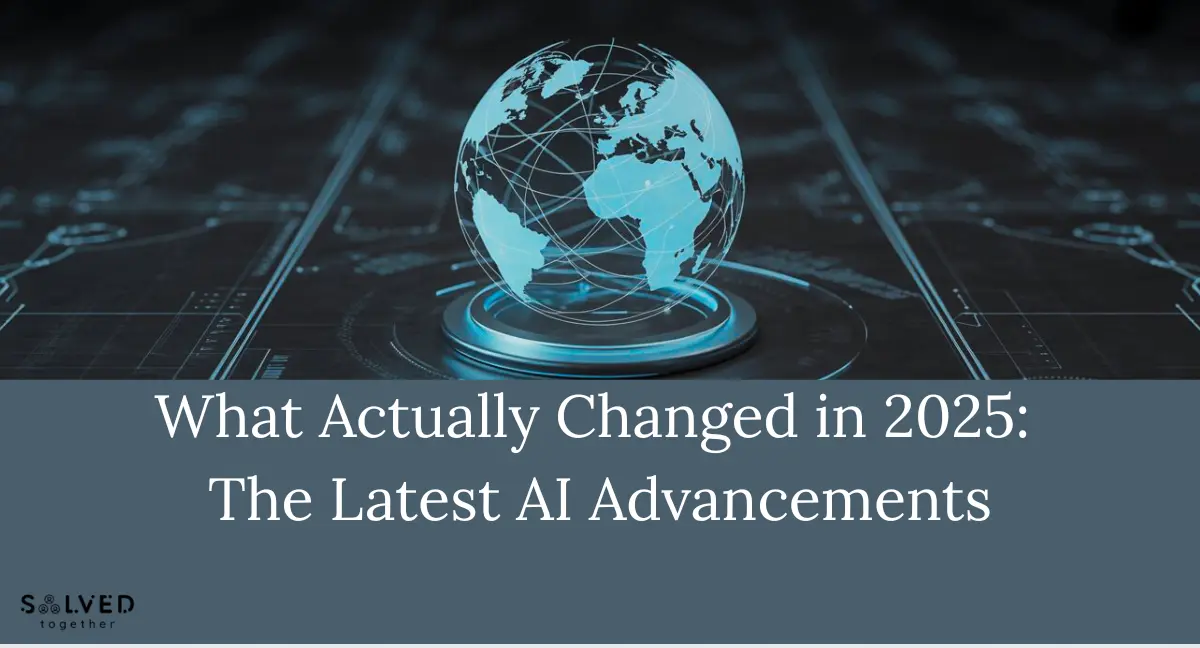

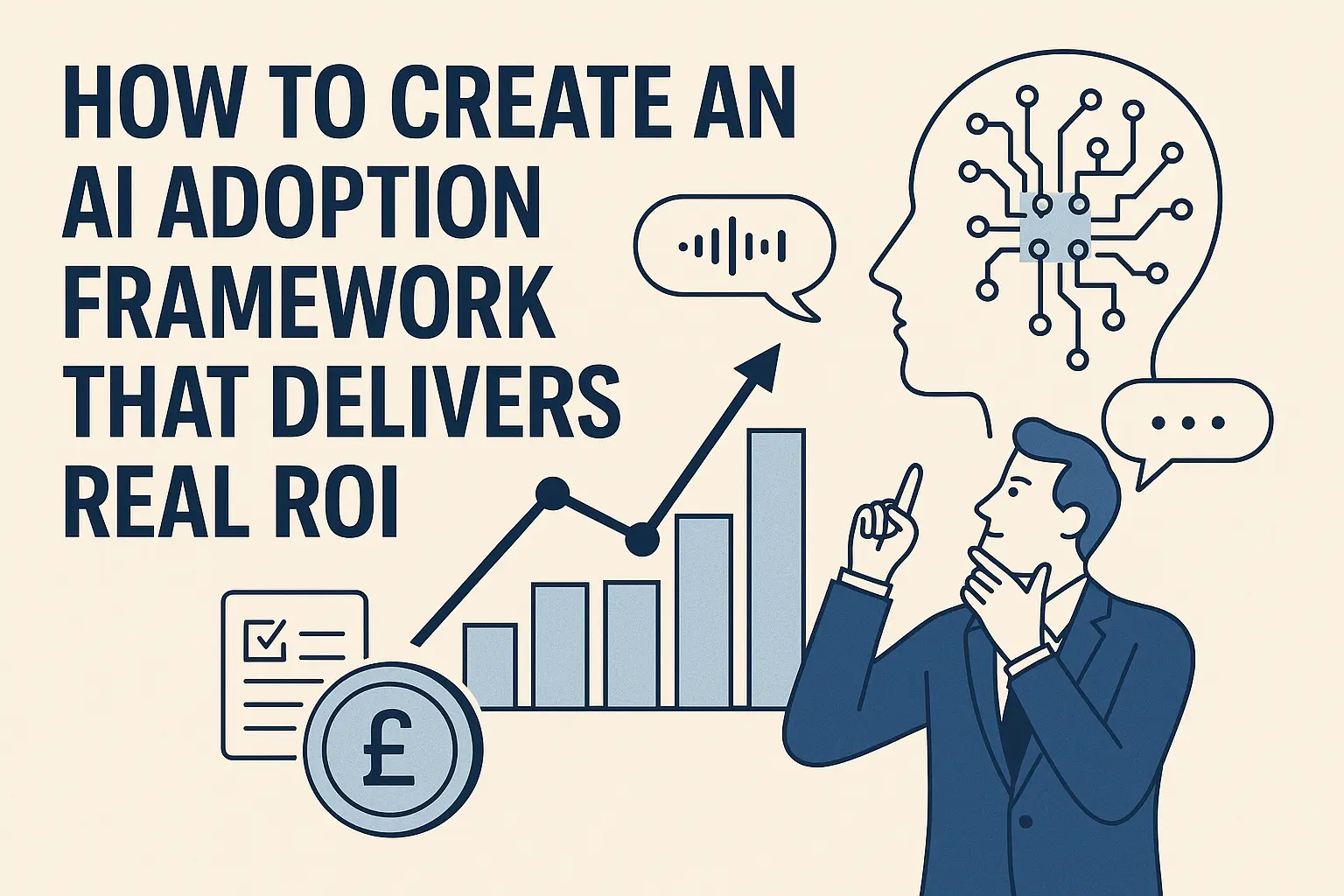




.svg)